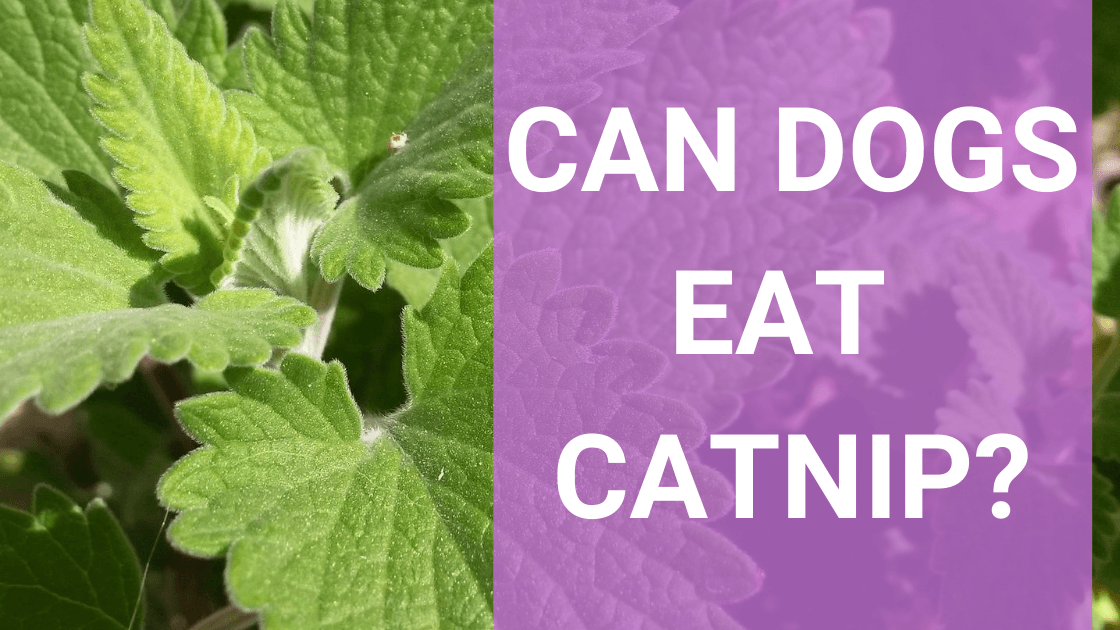Outdoor perennial gardens, planters full of annuals, vegetables gardens and houseplants—no matter where they are plants are such a wonderful way to brighten up our lives. But as a dog owner, you may be wondering if you have dog friendly plants or not. And as you plan out your garden for the year you want to make sure to choose outdoor plants that are safe for dogs.
Whether you’ve got a dog that likes to chomp on your plants or not, it’s a good idea to be mindful of any and all plants that are accessible to you pup. You may not know that many popular houseplants are toxic to dogs, and a surprising amount of outdoor plants, too.
Today we’ll talk about dog friendly plants for every realm of your life, so you can enjoy the beauty of plants and successes of a vegetable garden without the worry of Fido getting sick.
Dog friendly plants and flowers that are safe for dogs
To start, let’s take a look at some common dog friendly plants that you can easily add to your home. We’ll cover dog safe house plants, dog safe perennials, flowers safe for dogs and outdoor plants that are safe for dogs. No matter where you’re looking to add some greenery to your life, we’ve got you covered.
House plants that are safe for dogs
Nothing freshens up an indoor space and has a more calming presence than a house plant. And if you ask me, house plants are having quite a moment in popular culture right now. Typically, cats are a bigger problem when it comes to selecting nontoxic house plants, but there are certainly some dogs who will help themselves, too.
Common house plants that are toxic to dogs are aloe plants, jades, peace lilies, rubber plants, dumb cane, and the ever-popular pothos!
Here are our top picks for dog friendly house plants:
- Prayer plant
- Areca Palm, Parlour Palm
- Baby’s Tears
- Spider plant
- Haworthia (these look like aloes, but are not toxic!)
- Boston fern
- Christmas cactus
- Swedish Ivy
Dog safe perennials
Perennials are the perfect addition to any yard because they come back year after year. They’re often more robust than annuals, and flowering, ornamental varieties provide lots of color.
As you select perennials for your garden, or inventory the existing perennials for safety, use this list of dog safe perennials to help! Note, this is not an exhaustive list by any means, but I’ve included many popular and common perennials.
- Black-eyed susan
- Magnolia Bush
- Coral bells
- Echinacea
- Phlox
- Butterfly bush
- Daylilies
- Tiger Lily
- Aster
Dog safe annuals
Annuals are a beautiful way to provide color all-year round in your garden beds, and perfect for planters, hanging baskets, and window boxes around your home. Here are some dog safe annual plants to pick up this year to take the worry away if your dog decides to have a snack.
- Petunias
- Sweet Potato vine
- Impatiens
- Snapdragons
- Marigolds
- Sunflowers
- Nasturtium
- Pansies
- Zinnia
Dog safe vegetable gardens
Luckily, it’s pretty easy to create a dog-safe vegetable garden, because many vegetable plants and many herbs are dog-safe. Herbs are actually a great way to freshen your dog’s breath!
Most notably, tomato plants and leaves are not safe for dogs (although ripened tomatoes are okay).
Dog safe herbs:
- Basil
- Thyme
- Rosemary
- Sage
- Cilantro
- Mint
Dog safe fruit and vegetable plants:
- Fennel
- Carrots
- Leafy greens (kale, chard, spinach)
- Beets
- Zucchini
- Squash (summer, acorn, butternut)
- Cabbage
- Lettuce
- Cauliflower
- Broccoli
- Blueberries
- Raspberries
Related Reading: Dog Safe Fruits and Vegetables
Common plants that are not safe for dogs
- Peonies
- Hydrangeas
- Some varieties of lupine
- Honeysuckle
- Milkweed
- Aloe plants
- Many fruit-tree leaves (apple, peach, plum, cherry)
- Buttercups
- Many types of ivy
- Clematis vines
- Daffodils
- Foxgloves
- Jade plants
- Rubber plants
- Lavender
- Lemongrass
- Snake Plant
- Marijuana plant and leaves
- Oregano
- Parsley
- Peace lily
- Rhododendron
- Rhubarb
- Sweet Pea leaves and plants
- Tarragon
- Tomato leaves and plants (tomato fruit is okay)
- Hosta
- Holly
What are the signs my dog ate a toxic plant?
Some plants that are toxic to dogs are prevalent in backyard gardens and in the wild. My own gardens contain hostas, hydrangeas, and clematis vines. Luckily, many dogs will naturally avoid plants that are toxic to them.
However, not ALL dogs will avoid toxic plants and its always important to be mindful. It’s especially important to vigilant around puppies who will eat just about anything.
Whether you catch your dog eating a potentially toxic plant, or think they might have, here are the signs to look out for:
- Vomiting
- Diarrhea
- Lethargy
- Difficulty swallowing
- Swollen tongue and throat
- Seizure
- Slow or fast heart rate
- Shaking
- Extreme panting or salivation
What should I do if my dog eats a toxic plant?
Whenever you see these types of symptoms in your dog, and especially if you know they’ve been eating a plant, it’s best to give your vet a call to decide on next steps. Your vet will want to know what plant they ate and how much they ingested. Luckily, in most cases, you will be able to observe your dog at home while the toxins leave their body.
You can also call the Animal Poison Control Center hotline at 888.426.4435 for advice on how to treat your dog until you can get them to a vet.
Related Reading: First Aid for Your Dog
You can enjoy a dog safe garden
With the suggestions in this article, you can fill your landscape, vegetable garden, and home with a wide variety of dog-safe plants. If you already have landscaping or garden beds that contain toxic plants, consider putting up fencing around your beds or garden to keep your dog out.
Hanging planters and house plants on floating shelves are another way to keep toxic plants that you enjoy out of your dog’s reach.
For an extensive list of common plants (across these categories) that are toxic and non-toxic to dogs, consult this list from the ASPCA.
Other sources:



